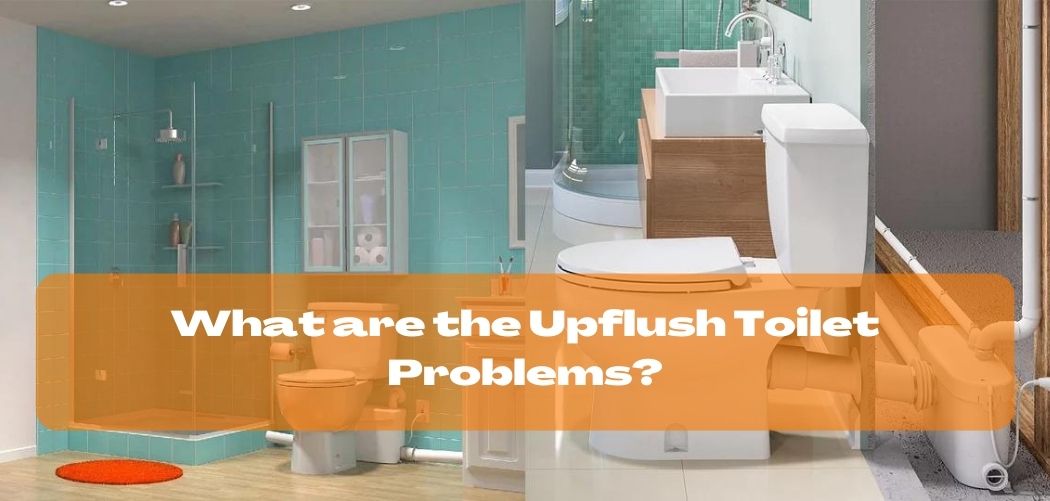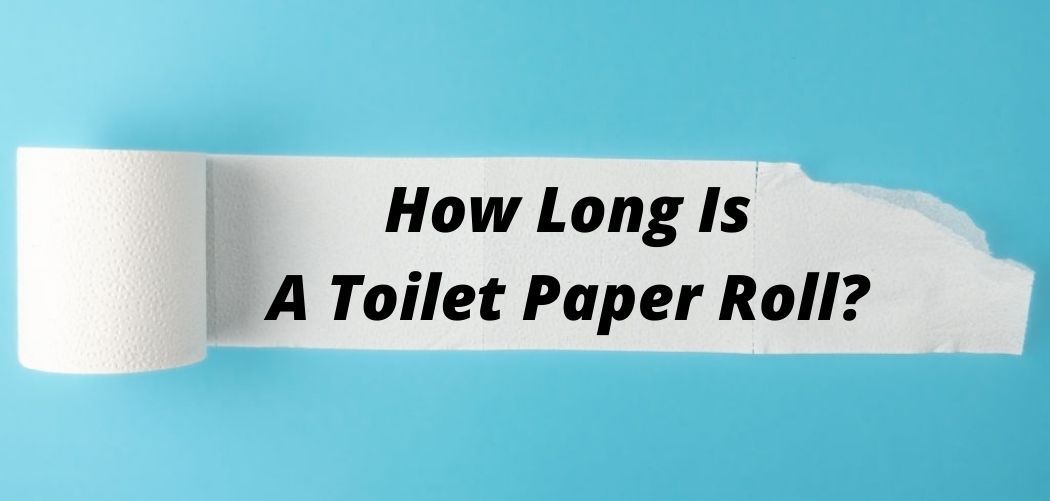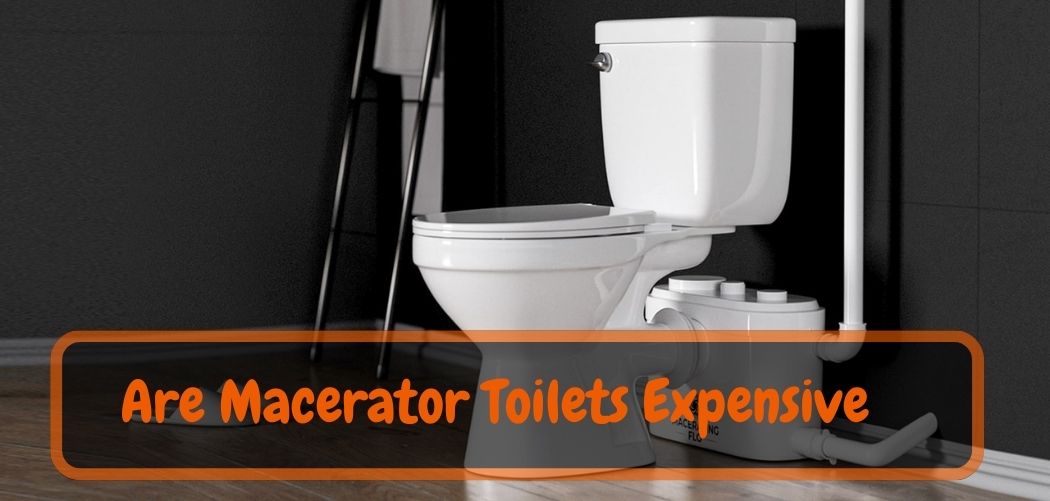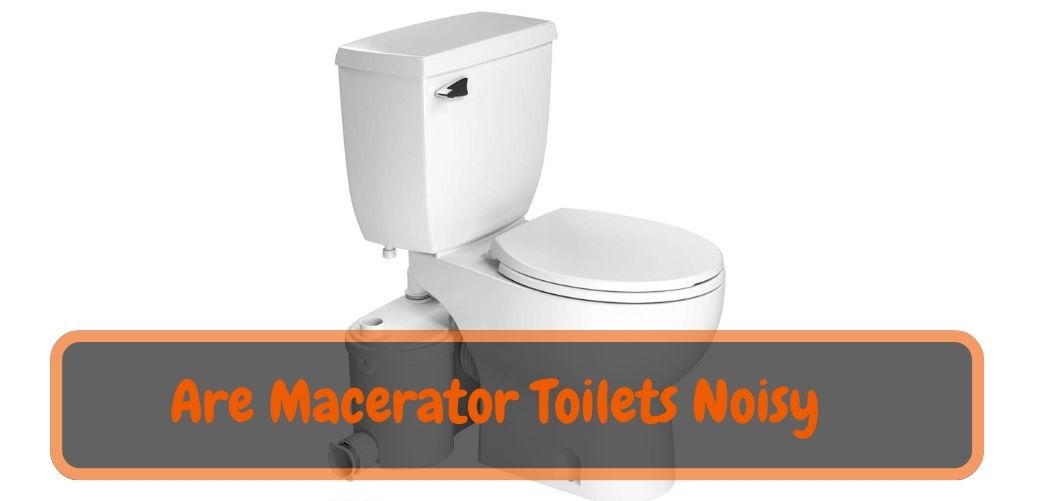What are the Upflush Toilet Problems? Upflush toilets, also known as macerating toilets. They use a system of blades and pumps to grind and flush waste. Wastewater up and out of the bathroom to a main sewer line.
Although convenient for installations in areas without direct access to a sewer line. These systems can sometimes encounter problems such as clogging, leakages, and malfunctions in the pump or blades.
These issues can lead to unpleasant odors, backups, and water damage in the bathroom. To avoid these problems and keep an upflush toilet functioning properly, it is important to regularly maintain the system.
In this post we will guide you how to maintain an upflush toilet. so, keep reading to know!
Also Read: Best Macerator Toilets Reviews
What is an Upflush Toilet?
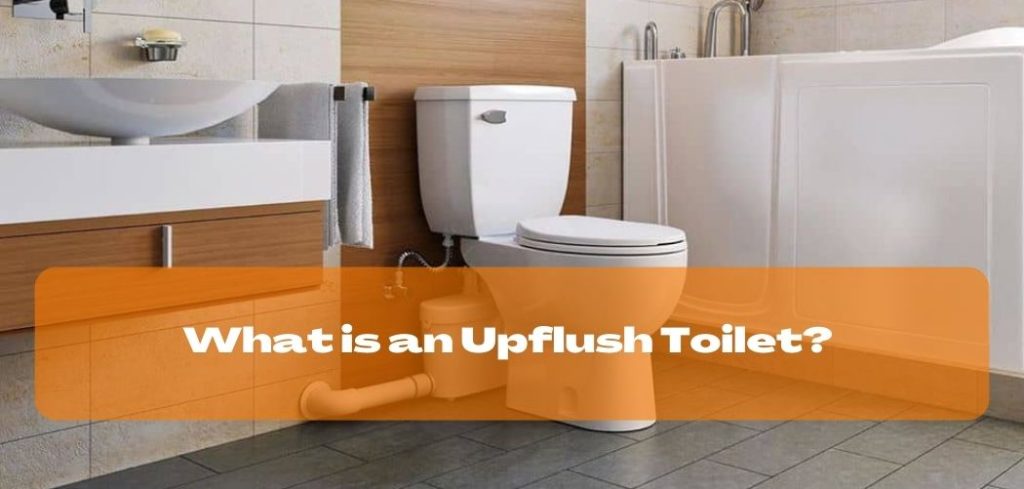
An upflush toilet is a type of toilet system that allows for installation in locations. Where a conventional gravity-based drain system is not available. It works by using a pump to force waste and water up to a nearby sewer line or septic tank.
Upflush toilets are often used in basement bathrooms. Or other below-grade spaces where it is not feasible to run plumbing lines through the floor. They are also sometimes used in homes with elevated septic tanks.
The system consists of a macerating unit, a toilet, and a pump. They are work together to move waste and water up to the sewer line.
Also Read: How Does an Upflush Toilet Work
Advantage of an Upflush Toilet?
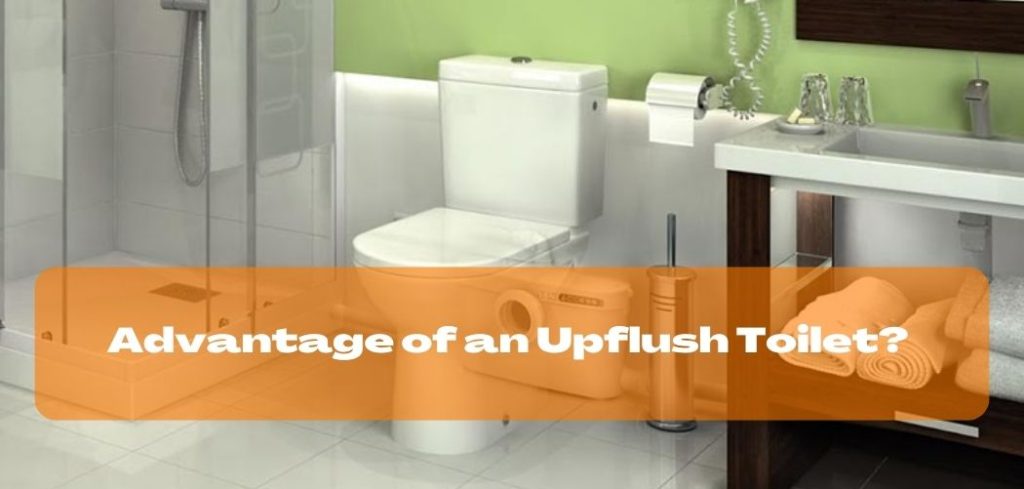
The main advantage of an upflush toilet is its ability to install in locations where a conventional drain system is not available. This makes it ideal for basement bathrooms. Or other spaces that are not connected to a sewer or septic line.
Other benefits of upflush toilets include:
1. Space-saving :
Upflush toilets take up less floor space as they do not need a large gravity-based drain system.
2. Cost-effective:
Installing an upflush toilet can be less expensive than running new plumbing lines or digging trenches.
3. Versatility:
Upflush toilets can be used with a variety of flooring materials. Including tile, carpet, and wood.
4. Convenience:
Upflush toilets are easy to install and maintain. And do not need major renovations to existing structures.
Also Read: Upflush Toilet Systems
What are the Upflush Toilet Problems?
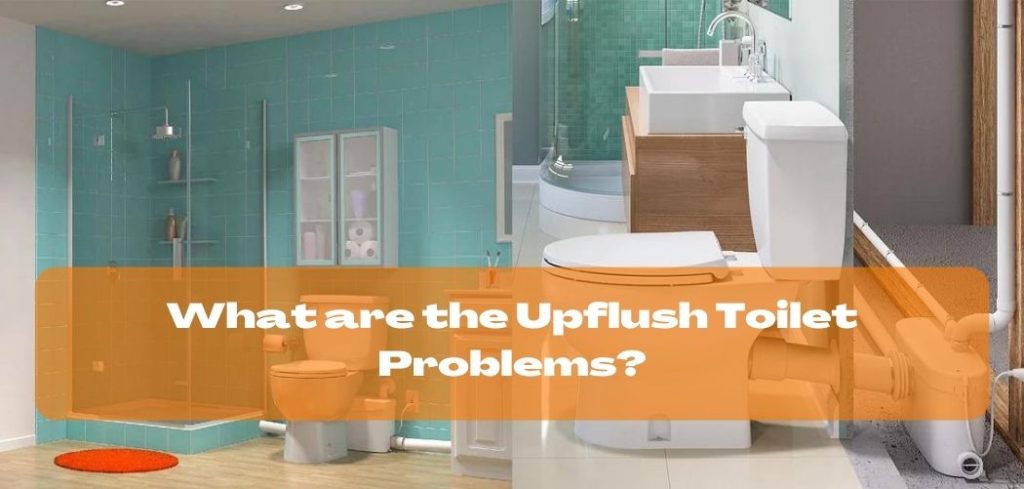
Upflush toilets, while offering many benefits, can also have some problems including:
1. Clogging:
Due to the compact design of the system, hair, soap, and other debris can clog the pump or pipes. That leading to maintenance and repair issues.
2. Pump failure:
The pump is a critical component of the upflush toilet, and if it fails, the entire system will stop working.
3. Power requirements:
Upflush toilets require electrical power to operate the pump, which may not be available in all locations.
4. Noise:
The pumping mechanism can be loud and disruptive. Especially in bedrooms or other quiet areas.
5. Limited capacity:
Upflush toilets have a limited capacity for handling waste and water. And may not be suitable for high-use areas or households with large families.
6. Maintenance:
Upflush toilets require regular maintenance. Including cleaning and descaling, to keep the system in good working order.
7. Cost:
Upflush toilets can be more expensive than conventional toilets. Especially if installation and maintenance costs are factored in.
Also Read: Are Upflush Toilets Reliable?
How to Maintain an Upflush Toilet?
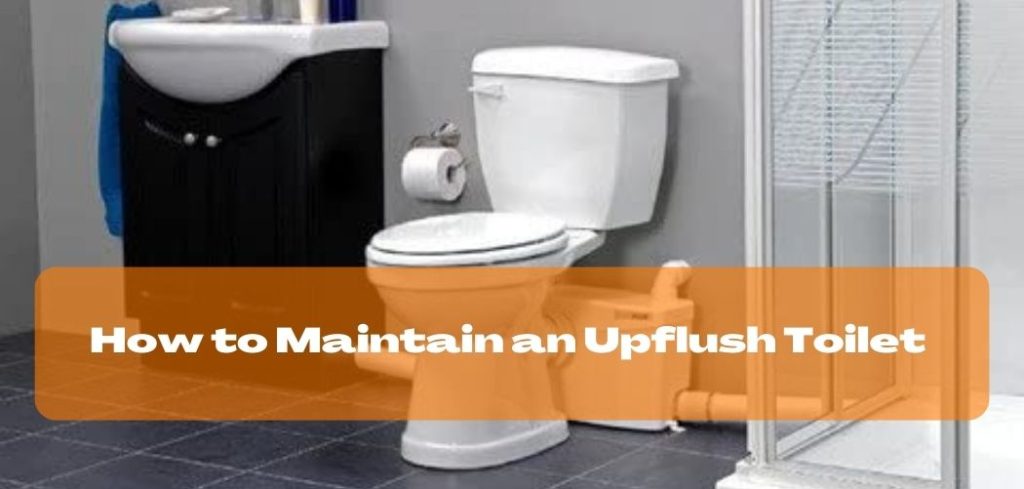
To maintain an upflush toilet, follow these steps:
- Use only toilet paper approved for use with an upflush toilet.
- Do not flush large or bulky items, such as feminine hygiene products, wipes, or paper towels.
- Regularly check for leaks and tighten any loose connections.
- Keep the blades and pump clean by running hot water through the system on a regular basis.
- Have the system inspected and serviced by a professional plumber once a year or as needed.
- Make sure the system is properly sized for the size of the bathroom and usage.
- If any clogs occur, do not try to clear them yourself. Call a professional plumber.
By following these simple steps, you can help ensure that your upflush toilet operates smoothly and effectively.
Conclusion
In conclusion, upflush toilets offer a unique solution for installing a bathroom in areas without access to a conventional sewer or septic line. They are space-saving, cost-effective, versatile, and convenient.
However, they also have several potential problems. Including clogging, pump failure, power requirements, noise, limited capacity, and maintenance costs.
When considering an upflush toilet, it is important to weigh the advantages and disadvantages to determine. If it is the right choice for your particular situation. Factors such as the size of your household, the intended use of the bathroom. And your budget should all be taken into consideration before making a decision.


